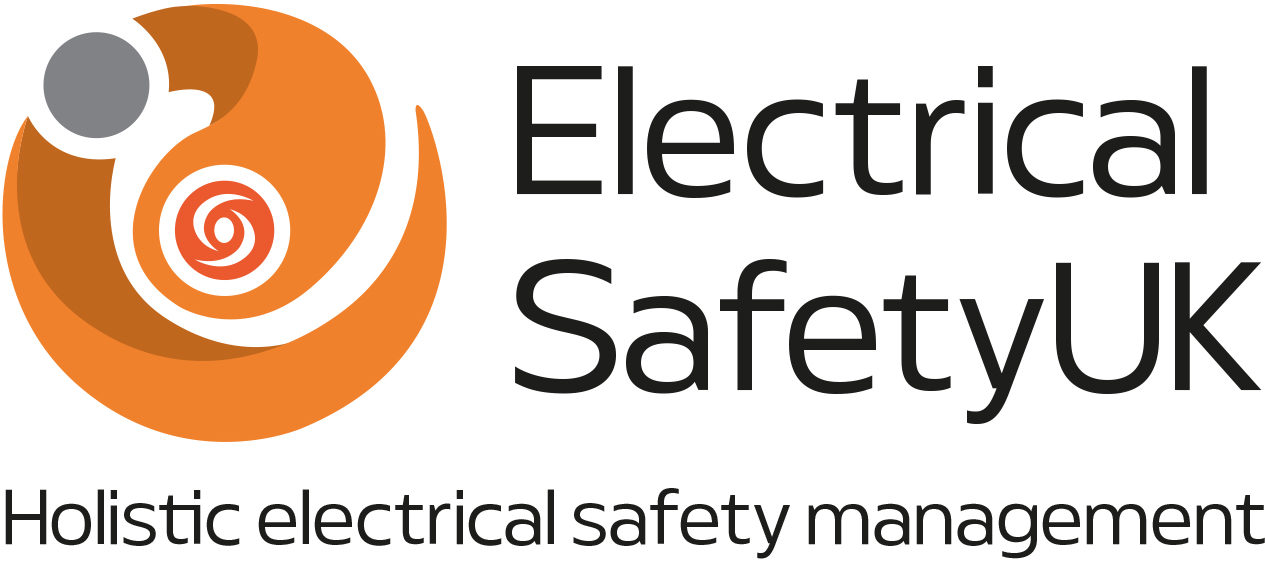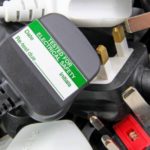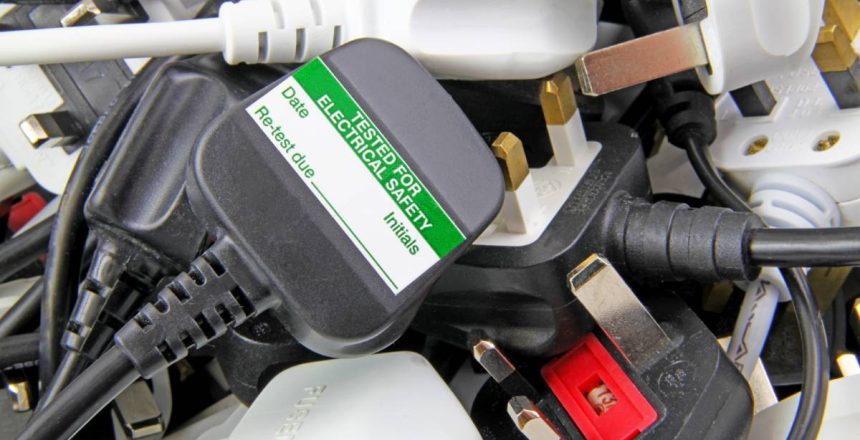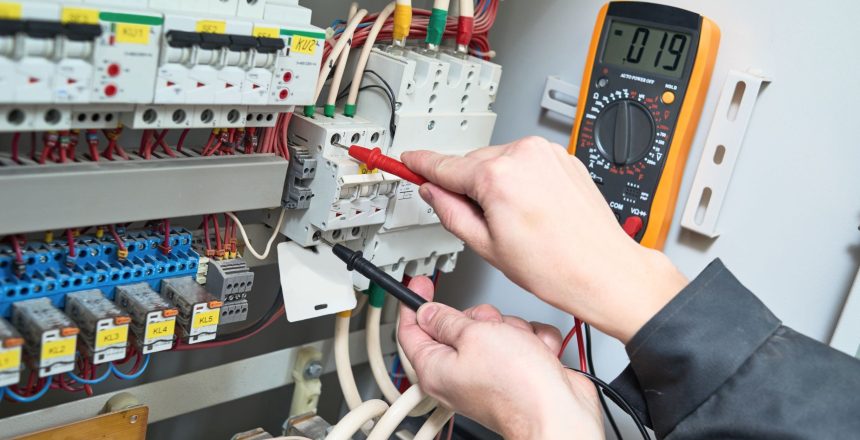A question that is often asked is how often should my electrical equipment be tested at work? Often referred to as PAT Testing (which in itself is incorrect as it becomes Portable Appliance Testing- Testing) the In-Service Inspection and Testing of Electrical Equipment is required by regulation 4(2) of the Electricity at Work Regulations 1989. The regulation requires equipment that may become dangerous if neglected to be maintained to prevent such danger from arising. HSR 25, Guidance on the Regulations identifies inspection and testing as being a means of verifying that maintenance is effective, but recognises that other methods of compliance do exist.
HSE has produced guidance on what needs to be done and how frequently PAT testing should be carried out. However, it is ultimately the responsibility of the Electrical Duty Holder to decide on what is necessary to comply with the law. The definitive, non-statutory guide is published by the Institution of Engineering and Technology and is called the Code of Practice for In-service Inspection and Testing of Electrical Equipment. It is currently in its 4th Edition but scheduled to be updated in late 2020.
The HSE and industry experts advise that a blanket approach to inspecting and testing every single item of equipment on a blanket schedule may be penalising businesses financially. You may, in certain circumstances, be damaging equipment and causing premature failure. Therefore, a balanced approach should be taken when deciding how often eletrical equipment should be checked, based on the following:
- what the equipment is
- It’s construction class
- how the user interacts with that equipment (handheld, portable, movable, stationary, etc)
- how often the equipment is used
- how often the equipment is moved
- historical evidence on the suitability and safety of the equipment in question
- where the equipment is used (it’s environment)
- what tasks the equipment is used for
The Code of Practice identifies three types of checks that form the in-service inspection and testing of electrical appliances, these are:
- the user check, an external visual inspection completed by the user of the equipment.
- a formal visual inspection, an external visual inspection and an internal plug check, carried out be a competent person.
- a combined inspection and test, comprising of a formal visual inspection supplemented by relevant electrical safety testing, again carried out by a competent person.
Table 7.1 of the Code of Practice contains guidance on the frequencies of the three checks of in-service inspection and testing and bases the frequency of pat on:
- equipment environment (construction site, industrial including commercial kitchens, equipment used by the public, schools, hotels and offices and shops).
- type of equipment (stationary, IT, moveable, portable, handheld and fixed).
- Construction Class (Class I or Class II)
User checks occur more frequently than any other checks, ranging from before use to 3 months.
Learn how to carry out a risk assessment for appliance testing to improve health and safety at work.
Some class 1 equipment, in schools, for example, can be PAT tested every year (12 months). Contact us if you have an enquiry about your electrical safety management.
Combined inspection and testing occurs the least frequently (some equipment of Class II construction used in hotels or in offices and shops need never be PAT tested, just inspected). The Code of Practice emphasises the importance of the user check and the formal visual inspection, in addition to the added benefits of the testing part of the process.
In general, hand-held power tools will need to be checked more frequently than moveable equipment and stationary equipment. This type of equipment rarely gets moved around, hence has minimal opportunity for damage to occur and so will be checked the least frequently.
The Code of Practice can be purchased from IET and further guidance from the Health and Safety Executive (HSE) can be downloaded for free by following the links below:
HSR25 The Electricity at Work Regulations 1989, guidance on the regulations
HSG107 Maintaining portable electrical equipment
Maintaining portable electrical equipment in low-risk environments





